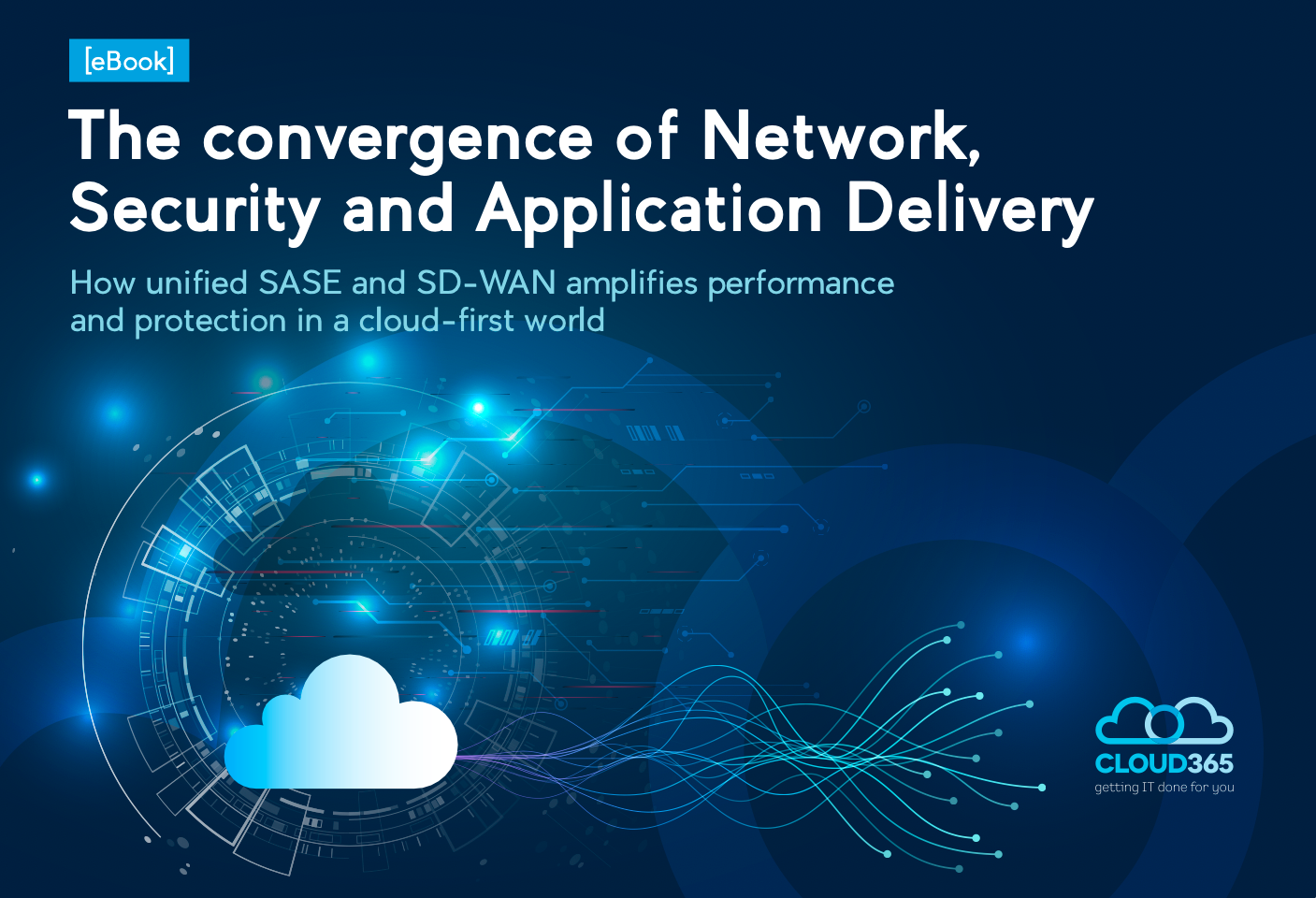Ensuring advanced network protection in the digital era
The Internet has never been a good place to navigate unchecked and that’s what the original Secure Web Gateway architectures were created to do: decrypt and inspect online traffic to mitigate risks in an organization. But long gone are the days when IT departments were able to deploy hardware SWG appliances on-premises and monitor traffic within those bounds or use VPN connections for the occasional remote worker.
Cloud computing exploded over the past few years and points of access multiplied. The numbers are staggering: driven by digital transformation and cloud-first enterprise strategies, the global cloud computing market reached the unprecedented size of $480 billion last year. It is expected to grow exponentially over the next three years to reach $947 billion in 2026, according to Zippia.
We are now living in digital times, which means the foundation of any company has transitioned or is in the process of transitioning to the cloud. In The U.S. alone, 94% of enterprises use some kind of cloud services, while 67% of all enterprise infrastructure is now cloud-based. Zippia estimates that, by 2026, 45% of all enterprise IT budgets will be spent on the cloud. Hybrid workers access enterprise applications from anywhere and navigate the web on their work devices on and off premises. A whole new set of needs, demands, and threats has emerged, and companies need to adopt the next generation of Secure Web Gateway solutions.
In this eBook, we delve into the critical aspects of a Secure Web Gateway, equipping you with comprehensive insights for navigating the digital security landscape.

